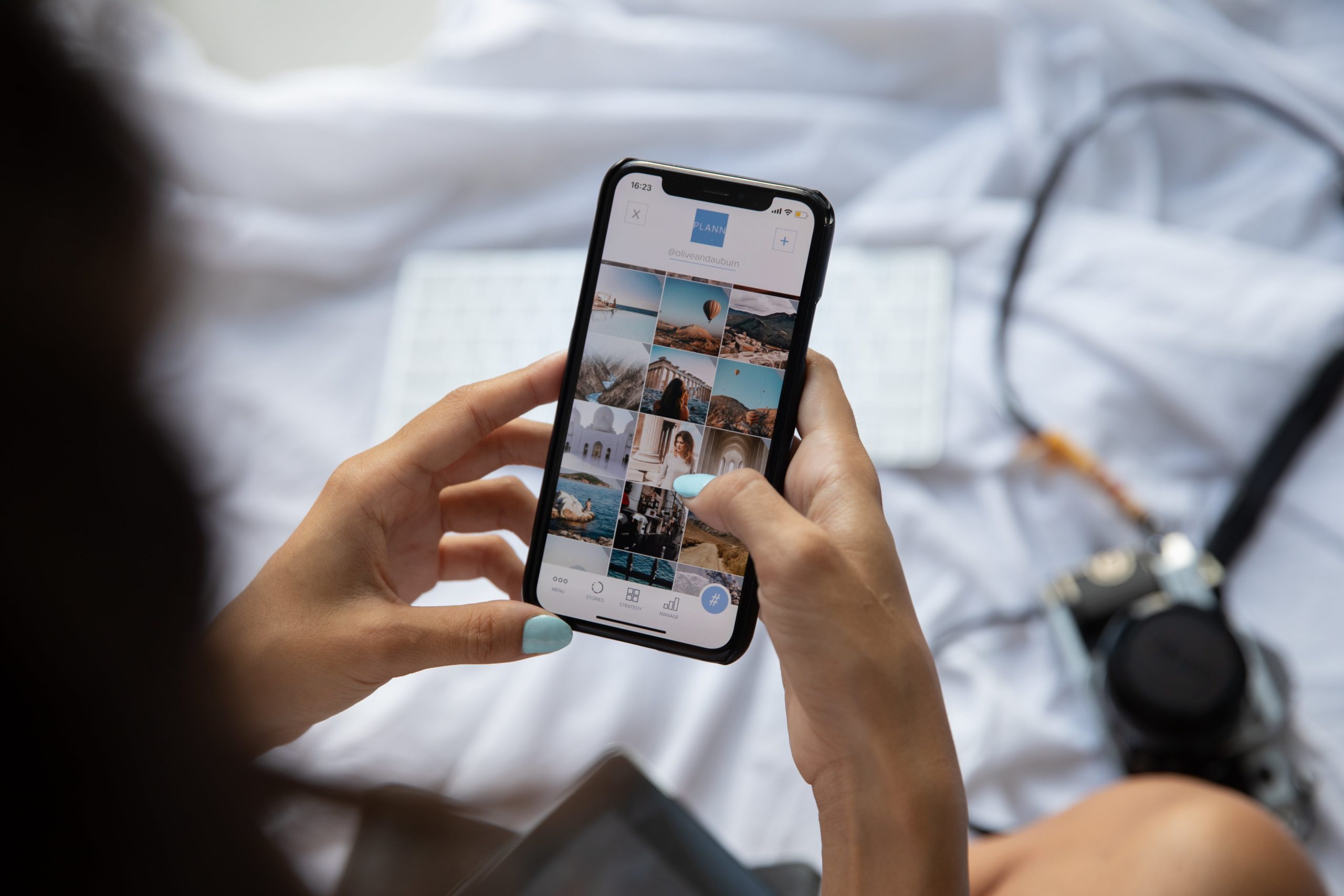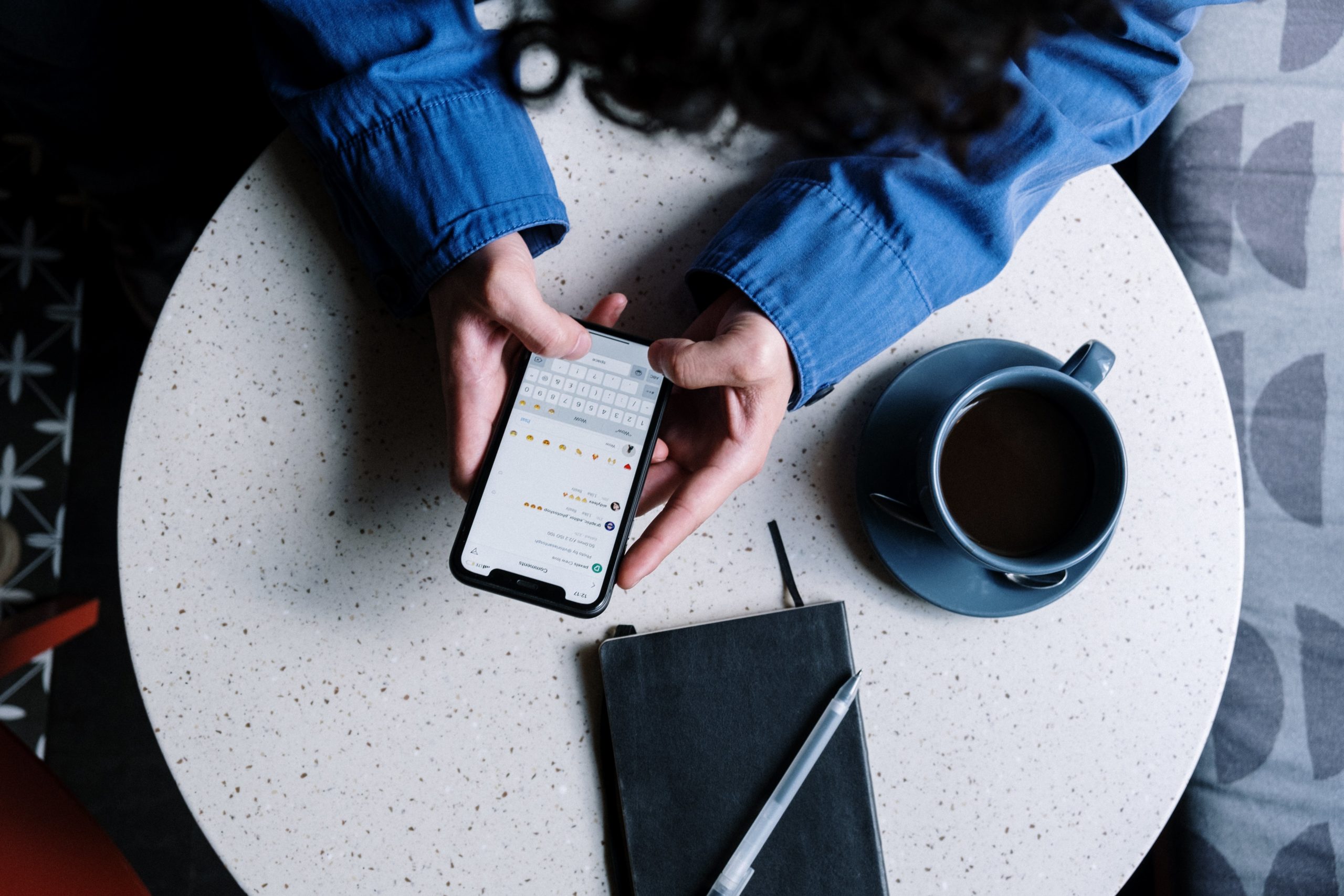Word of mouth has always been one of the most popular and reliable referral tools. However, in today’s digital age, we can quickly access information about any product or service with a quick online search. What’s the best air fryer for a large family? How should I style my new shoes? What’s the best beach to visit for summer vacation? All the answers are just a search engine query away.
Yet, with all this knowledge at our fingertips, research still shows that we are more likely to make a purchase if it is recommended by a friend, a family member, or another person we trust.
Brands have found a way to create word-of-mouth referrals in an online environment through user-generated content marketing (UGC). The ever-increasing popularity of platforms like Facebook, Instagram, and TikTok, among others, has positioned user-generated content as a pivotal force in the future of social media. Read on to discover why your brand should implement a strategy for finding and sharing user-generated marketing content and how to achieve success.
Benefits of User-Generated Marketing Content
Increase Engagement and Reach
By creating user-generated content—such as unboxing videos, testimonials, or product reviews—real customers can actively engage with a brand rather than just being a spectator on the sidelines. UCG can also work to create a community around the brand as enthusiasts react and comment on the shared authentic content. Brands should also be active participants in the conversation by responding to posts in a meaningful way.
Showcase Authenticity
Today’s consumers are smart. They can tell when content is genuine and when it is fabricated. 93 percent of marketers agree that consumers are more likely to trust content created by customers instead of content created by a brand. Honest content created by real people, like your employees, customers, and brand ambassadors, will become your brand’s modern-day word-of-mouth marketing.
Save on Costs
User-generated content is much more cost-effective than partnering with an influencer and can have better results! Depending on the influencer, hiring one could cost millions of dollars. However, sourcing and sharing user-generated content is much more cost-effective. For instance, if you run a campaign that offers prizes for creating content about your brand, your time and financial investment will be lessened since the ideation, creation, and execution will be done by your audience.
Increase Conversions
User-generated content offers a way to get authentic endorsements from real people, which will go a long way, with 50 percent of millennials relying on recommendations from family and friends before making a purchase. The content acts as social proof that your product or service meets or exceeds expectations while allowing potential customers to see their contacts engaging with your brand.
What’s also noteworthy is how seamlessly user-generated content works with social commerce. Social commerce refers to purchases made directly from social media apps. Nearly 80 percent of people say that user-generated content influences their purchase decisions. User-generated content creates a natural funnel for customers to move from viewing favorable reviews to purchasing the product, all without ever leaving their social feed.
Best Practices for User-Generated Marking Content
Share the Content
One of the best ways to encourage user-generated content is to share it! Uncover UGC by searching hashtags and finding content that mentions your brand. You can also ask your customers to share their experiences with your product or service through a giveaway, contest, or campaign. Some brands even creatively include the request on their packaging.
Whatever way you choose to gather content, be sure to share it! Doing so encourages a sense of community and motivates others to create content, too—opening the door to unlimited, authentic content.
Always Ask Permission
Yes, share the content, but before you do, be sure to get approval from the original creator, letting them know you will give them credit when you share. Usually, customers will be thrilled to be featured, but checking first helps establish a trustworthy relationship. Plus, it keeps you out of hot water with customers who don’t want their content shared.
Embrace Diversity
Millennials and Gen Z expect the brands they support to embrace diversity, equity, and inclusion. Sharing user-generated content on social media allows you to do just that. Employees, customers, and brand ambassadors all come from different backgrounds, races, religions, genders, geographic areas, and experiences. While it could be complex to showcase a vast range of diversity in a traditional marketing campaign, sharing user-generated content makes it feasible for your brand to represent all of its enthusiasts.
Partner with a Marketing Agency
There are many moving parts to developing and implementing a successful social media strategy. It’s an essential aspect of marketing your business, but giving it the proper attention needed for success can be difficult. That’s why our team is here. Green Apple can work alongside you to seamlessly provide the help you need. We’ll strategize and implement, as well as measure results, optimize your ROI, and scale as you grow. Reach out to learn more about how we can help boost your brand.





